9. Sucker of Souls
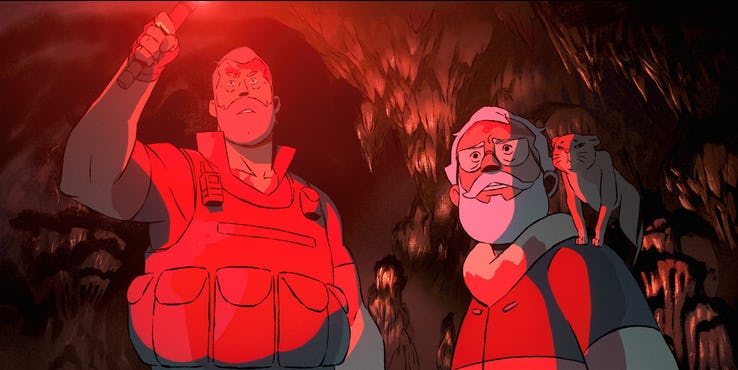
An episode that progresses like an anime and feels like a campy B-movie, Sucker of Souls is one of the stronger and better realized shorts of the season. It even has a cheesy title as the icing on the cake.
The episode explores a group of mercenaries and archaeologists on a hapless excavation, one that resulted in the awakening of Dracula himself. What’s surprisingly brilliant about Sucker of Souls is how effortlessly the narrative is able to saunter between polarizing tones. It’s a horror, a comedy and an action all at once, and even despite of the episode’s many genres, not a single moment feels out of place.
There’s just so many memorable moments and quotes crammed into the 13-minute-long ride that is Sucker of Souls. And the best part? The episode never once feels rushed.
8. Shape-Shifters
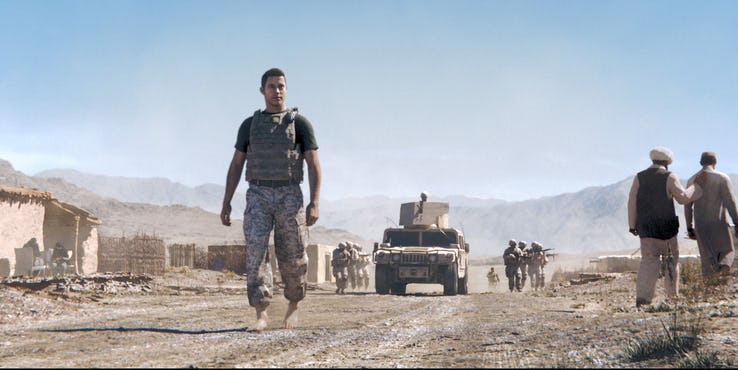
There’s only that many ways to tell the story of werewolves, but Shape-Shifters managed to find one that’s never been done before.
The episode explores the werewolf mythos in the highly unusual and thematically dissonant setting of war in Afghanistan. This strange combination of two entirely different types of narratives shouldn’t work, but it did, creating an engaging experience that builds an entirely new perspective not only towards werewolves, but towards war itself, commenting on ideas of racism, brotherhood, and purpose.
Like the stronger episodes of the season, Shape-Shifters succeeds because it doesn’t merely rely on the strength of its defining gimmick. It succeeds because it’s a gimmick executed brilliantly. It’s an episode that takes a wacky premise and transforms it into an emotionally resonant short with characters to root for and a narrative that’s ultimately significant in impact and message.
7. Three Robots
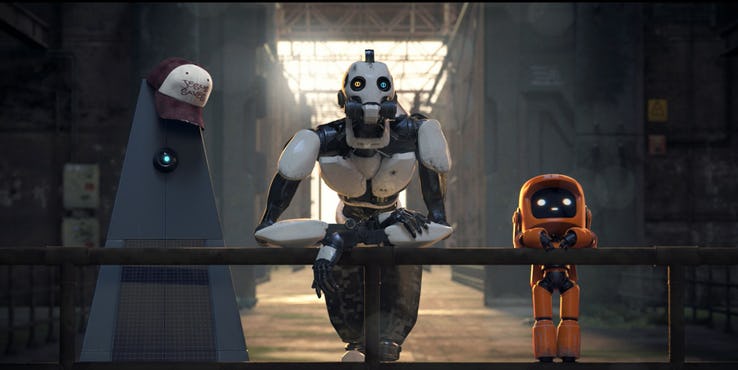
An interesting and surprisingly hilarious look at life after humanity, the second episode of Love, Death & Robots offers a drastic change in tone from the grittiness of Sonnie’s Edge. Three Robots, as the title suggests, follows three robots on a vacation through a post-apocalyptic wasteland that has long forgotten humanity.
In spite of the bleak world painted by the episode, Three Robots manages to sustain its whimsical tone, mostly thanks to the charisma bursting from the three titular robots. The trio’s interactions with this curious new world of a race foreign to them but clear as day to us is an absolute delight to watch unfold, even if it does get weirdly depressing at moments.
Though the episode does suffer from a considerably weak ending that seems to pride itself on absurdism, the absolutely hilarious tone of Three Robots does make the overall experience feel earned and ultimately engaging.
Even if the episode does fail to provoke any complex thought.
6. Ice Age
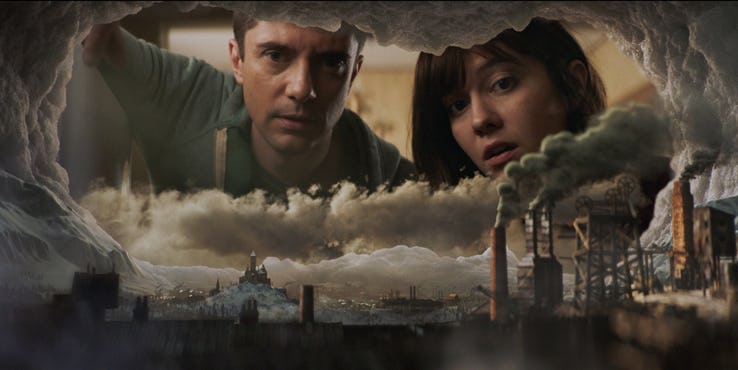
The only live action episode in the series, Ice Age tells a story of a couple stumbling upon a civilization of tiny people residing in the mysterious world of their refrigerator. Though it may seem like just another absurd premise, the narrative of Ice Age is surprisingly meaningful, and manages to convey a relatively impactful message in spite of its brief runtime and simplistic, bordering on non-existent plot.
The couple’s choice merely to observe, in the comforts of their kitchen, as the civilization rapidly evolves right before their eyes denies the narrative of any inciting incident, and instead explores simply and directly, the truly microscopic nature of our own existence, especially when put in comparison to beings greater than ourselves.
The episode, with its rapid pace that glosses over the growth and eventual decline of the miniature society, provides an interesting contrast to our own history, imploring its audience to take a step back and genuinely appreciate our existence because the time we have on this planet truly is limited.
And who would be around to appreciate the fruits of our labor once our time here inevitably runs out?
5. Zima Blue
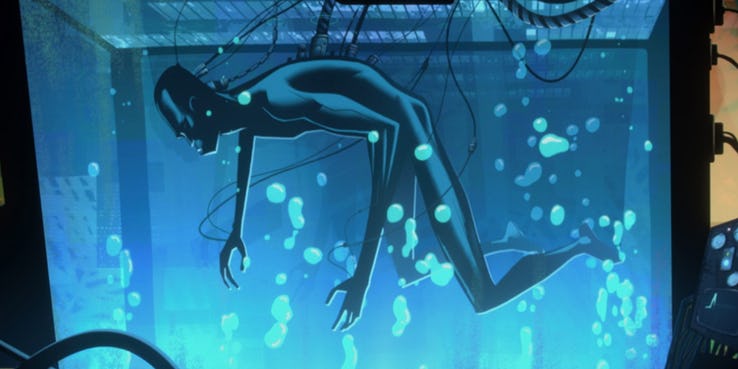
An interesting new look at artificial intelligence, Zima Blue is one select episode that truly succeeded in properly utilizing its limited runtime. The episode explores the relatable theme of creativity and artistic integrity, through the career of a reclusive android artist.
The artist, a product of artificial intelligence, is true master of his craft, one that’s able to paint brilliant images that’s able to resonate with scores of audiences throughout the universe. However, as the artist blossoms in popularity, the art he produces slowly begins to feature something truly unusual – A flat square of blue, placed right in the middle of his works.
This peculiar new addition to his artistic style serves as the foundation to the narrative of Zima Blue, one that, though brief, succeeds in making us feel for the character as well as reflect on the state of our own careers.
Truly an achievement if you consider the simplicity of the narrative.
4. When the Yogurt Took Over
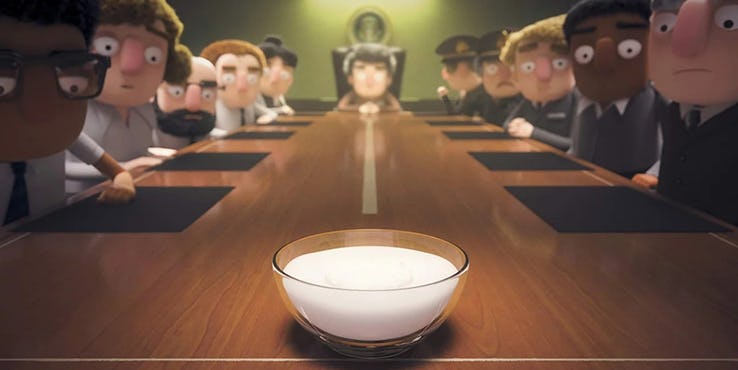
When the Yogurt Took Over is everything Alternate Histories could’ve been. It’s fast in pace, whimsical in tone, and absolutely absurd in premise. Yet the episode somehow manages to succeed where Alternate Histories failed, because what it has, is a clear purpose in its design that serves as a necessary bedrock to the farce of its narrative.
The episode begins innocently enough, depicting a lab experiment somehow succeeding in producing of sentient yogurt. However, as the episode moves past its inciting incident, the whole affair becomes more and more peculiar. The yogurt finds its way into politics, solving numerous issues plaguing modern society, eventually taking over the state of Ohio, of all places, and influencing the state of global politics.
Absurdity aside, When the Yogurt Took Over provides a different, and surprisingly thought-provoking look at the notion of another species dominating the world. The episode presents the sentient yogurt not as a hostile race hell bent on destruction, but as a truly intelligent lifeform far more superior than humanity, one more concerned with the idea of progress as opposed to the primitive notion of conquest.
3. The Witness
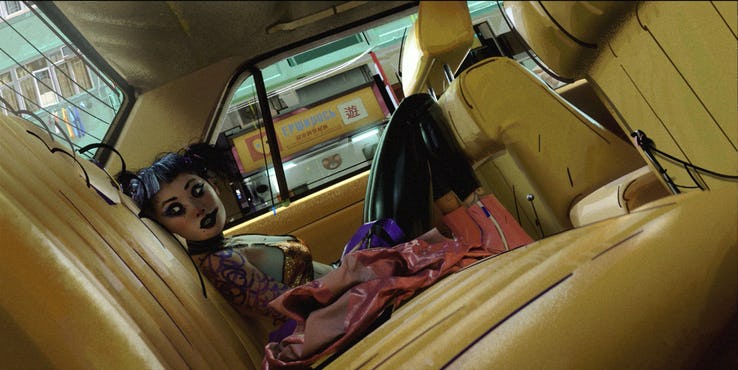
Perhaps the fastest paced episode of the entire season, The Witness tells a story of the ensuing cat-and-mouse game following a woman being witness to the murder of her doppelganger. The brilliance of The Witness however, lies not in its narrative, but in its sublime presentation.
Directed by one of the former minds behind the absolute tour-de-force in animation that is Spider-Man: Into the Spider Verse, The Witness features a truly distinct visual style that stands triumphantly tall over that of the other episodes.
Set in a quasi-dystopian reimagining of Hong Kong, The Witness is an episode bursting with vivid color and intricately conceived action. The short uses the exotic locale brilliantly, filling each frame with so much incredible detail for audiences to revel in, and that’s before the action comes into the picture.
For an episode that’s mainly constituted of spectacle, having little to no dialogue and characters that certainly don’t implore its audience to root for them, The Witness astounds as one of the more remarkable episodes to come out of the season.
2. Good Hunting
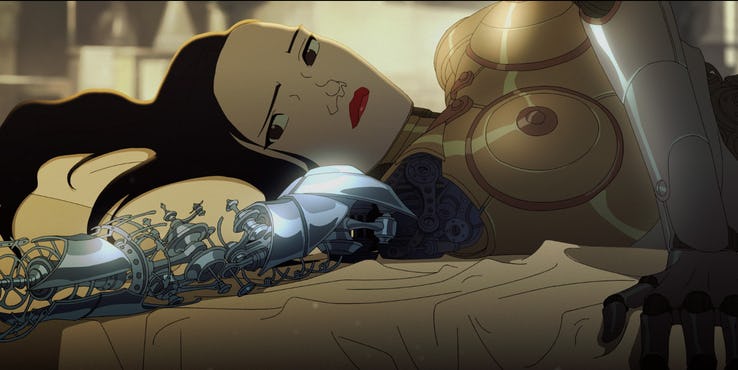
Another episode set in the orient, the narrative of Good Hunting is a simple one, but succeeds in taking its audience on an incredible journey through the ages.
The episode begins simply enough, presenting the classic Chinese folk tale of the seductive fox spirit. It sets up in the first scene, some interesting notion of three dimensionality in character through the unlikely friendship between a boy and one such spirit, as the boy’s father ruthlessly slaughters the spirit’s mother.
As the episode progresses and the characters age, the world quickly transforms into a stunning steampunk-inspired landscape that amalgamates the distinct look of the orient with that of alternate technology, using this unique backdrop as a truly unique medium to tell its story of the timeless conflict between progressivism and conservative values.
The episode is engaging, immaculately paced, and unlike the lesser episodes of the season, builds a world that mesmerizes its audience, making us crave for more as opposed to leaving us dissatisfied.
1. Beyond the Aquila Rift
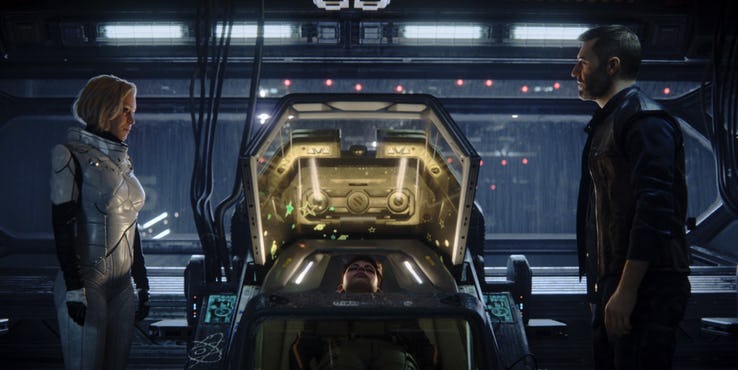
Lovecraftian horror exists as perhaps the most unadaptable subgenre of literature. How do you successfully present through visuals, a brand of horror so inexplicably terrifying that simply catching a glimpse would drive one to madness?
Beyond the Aquila Rift, though not exactly a true adaptation of Lovecraftian horror, does come incredibly close to representing his genius on screen. The episode follows a crew of space explorers in the midst of an interstellar journey, where their vessel is faced with an unfortunate routing error, leading their captain to awake prematurely from cryogenic sleep.
Though the episode’s animation may seem considerably weaker than other, more visually appealing episodes, the Mass Effect-esque style of Beyond the Aquila Rift is quite frankly, sufficient enough means to tell its brilliant story.
The episode features a brilliant command of tension, perpetuating a powerful sense of unease that persists even in the calmer moments of the narrative. This strength in tone slowly builds throughout the episode, adding to the underlying sense of mystery that shapes the brilliance of the episode.
Beyond the Aquila Rift is undisputedly the best episode of Love, Death & Robots’s first season. It encapsulates everything great about the series in one powerful narrative that’s satisfying, mysterious and ultimately successful in stupefying its audience with a poetic ending that’s better to be experienced than just explained.